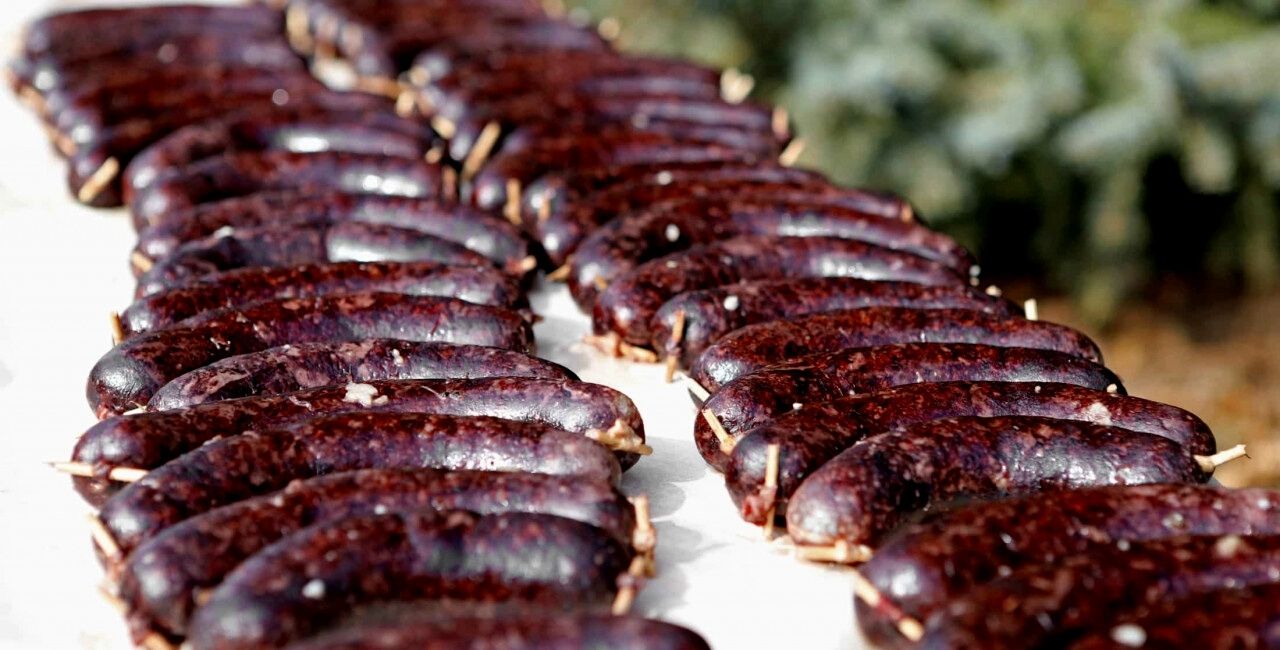If you visit the Czech countryside at the start of the year you are likely to receive an invitation to attend a zabijačka– in other words, a pig-slaughter feast; a centuries-old tradition that is still observed in many parts of the country.
While for some it is a barbaric practice that has no place in the present-day, for others it is an important part of village folklore that brings people together.
Why in the winter season? Historically, Zabijačka was arranged 1-2 weeks before Christmas or after the New Year. The main rule is to finish ere the start of the 40 days Fast (Great Lent).
However, eating meat before Lent is not the only reason for winter slaughter. In the old days, villagers didn’t have freezers for long-term food storage. Therefore, the winter period was considered the most relevant for the longer meat preservation.
This tradition was not only of practical importance but also a manifestation of respect. Slaughtering a pig was allowed only by a qualified butcher. Right after cutting the carcass, women started to prepare dishes trying to use all edible parts of the animal. The most popular dishes were blood and liver sausages, cracklings, aspic, meatloaf, traditional pork ham, and various soups.
Since they had a lot of food
Families treated their neighbours and relatives, sent meat dishes to other settlements. In different villages, piglets were slaughtered on various days, so people responded to the received treats with delicacies from their “pig slaughter.”
Thus, for 2-3 weeks, many families ate fresh and tasty meat products, which they cooked and accepted as a treat. However, those who did not respond to the “meat gifts” risked not getting delicious pork sausages in the next year.
The Order and the Menu for the Pig-Killing
From time immemorial up to the present day, the pig-killing has always taken place under the guidance of a qualified butcher.
This age-old celebration of nature’s bounty was connected with song and music and formed a cultural event in the village calendar. The entire sequence of portioning the carcass and the creation of the specific delicacies for the killing-day had – and still has – its firm rules.
Along with the process of transforming pig into pork, the pig-killing also has its traditional menu to accompany the course of the day. Usually, the adults chase away the cold at the start with a glass of slivovice or other strong spirits.
For lunch, the neck-meat is at the centre, whether in soup with groats, or as goulash or simply boiled with fresh horseradish.
In the evening, a thick soup using the blood is served. As a reward for their aid, those assisting in the process could enjoy fresh liver or blood sausage.
The modern process of “Zabijačka”
Is almost no different from the medieval. But today, a pig cannot be slaughtered in front of people. This process takes place elsewhere, and butchers or cooks just buy the pork carcass and cut it.
According to European law, people should not see how an animal hurts, and the slaughtering procedures should minimize the suffering and pain of animals. Thus today, the pig is killed according to the most humane method.
The recipes have changed. Families from different areas of the Czech Republic have their own regional dishes that vary.
However, preserving cultural traditions, chefs still cook pork rinds, lard, pork knuckle, sausages, and many others.
Support Prague Morning!
We are proud to provide our readers from around the world with independent, and unbiased news for free.
Our dedicated team supports the local community, foreign residents and visitors of all nationalities through our website, social media and newsletter.
We appreciate that not everyone can afford to pay for our services but if you are able to, we ask you to support Prague Morning by making a contribution – no matter how small 🙂 .




